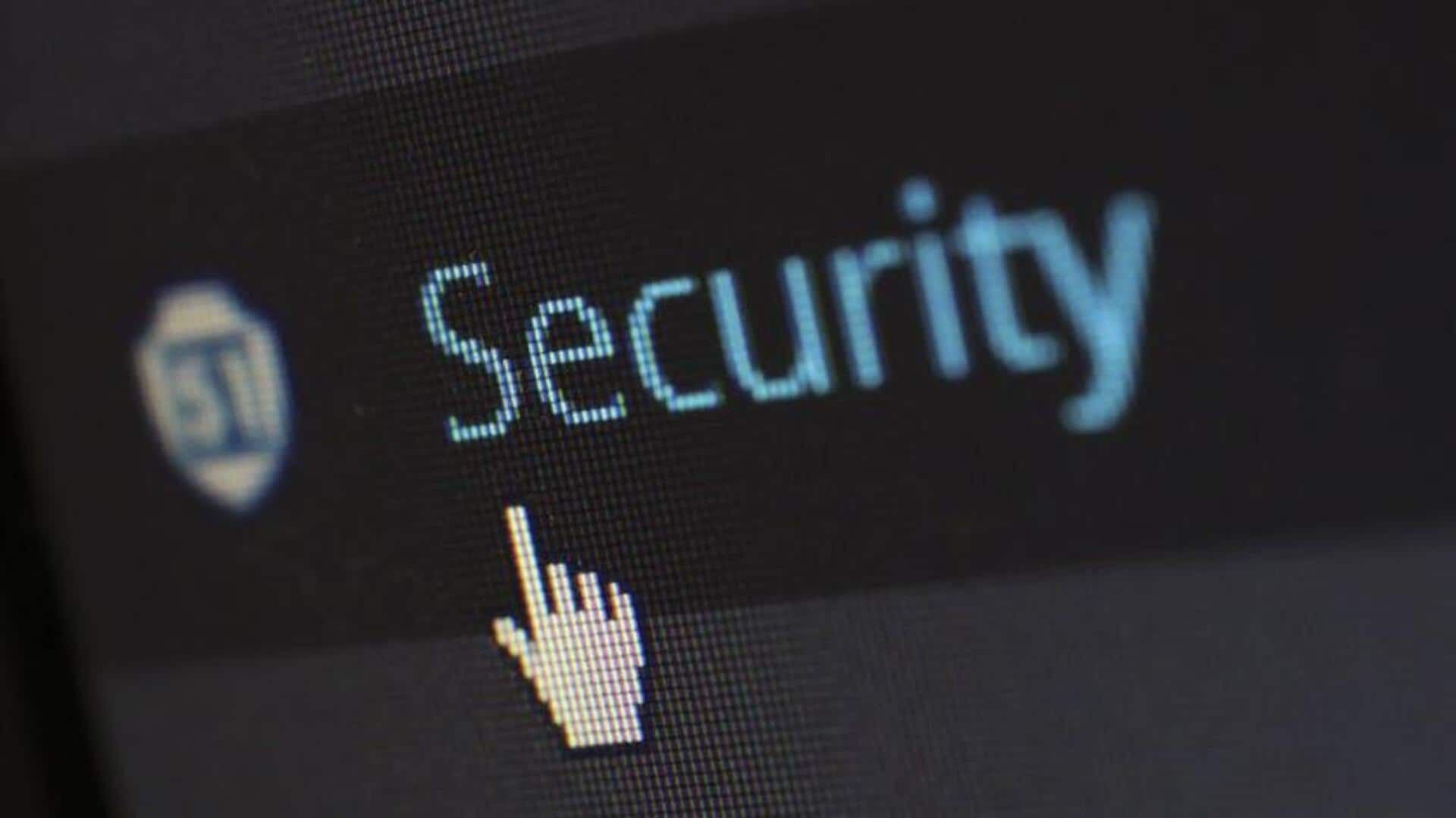
How to organize your passwords for free
What's the story
Managing passwords efficiently has become more important than ever. In this era of countless accounts and services, remembering each and every password isn't easy. And while paid software can provide the solution, there are also practical ways to organize your passwords without shelling out a penny. Here are some effective ways to keep your passwords secure and accessible without paid tools.
Tip 1
Use a password manager spreadsheet
Creating a spreadsheet to manage passwords is an efficient way to keep track of them. You can use free software like Google Sheets or Excel Online to create a simple table with columns for website names, usernames, and passwords. Just make sure the spreadsheet is stored securely by encrypting it or saving it in a secure cloud service with two-factor authentication enabled.
Tip 2
Develop strong passwords using patterns
Developing strong passwords using patterns can help you remember them easily while also being secure. You can create a base password with numbers, symbols, and letters, and then modify it slightly for each account by adding unique identifiers related to the service or website name. This way, every password remains strong yet memorable.
Tip 3
Utilize browser's built-in password manager
Most modern web browsers come with built-in password managers. These managers securely store login credentials for websites you visit frequently. They automatically fill in login details when needed and offer suggestions for strong passwords during account creation. Regularly update your browser to ensure its security features are up-to-date.
Tip 4
Regularly update your passwords
Updating your passwords regularly is imperative for staying secure online. Set reminders every three months to change all your important account credentials. And when you update, make sure new passwords aren't similar to the old ones and follow best practices by including a mix of uppercase letters, lowercase letters, numbers, and symbols.
Tip 5
Enable two-factor authentication
Enabling two-factor authentication (2FA) adds an additional layer of security on top of using a password. Many online services provide this feature as an intermediate step during login processes where the users have to verify their identity via another device or app before accessing their accounts. This minimizes the risks of unauthorized access, even if someone gets hold of your password information accidentally or maliciously.